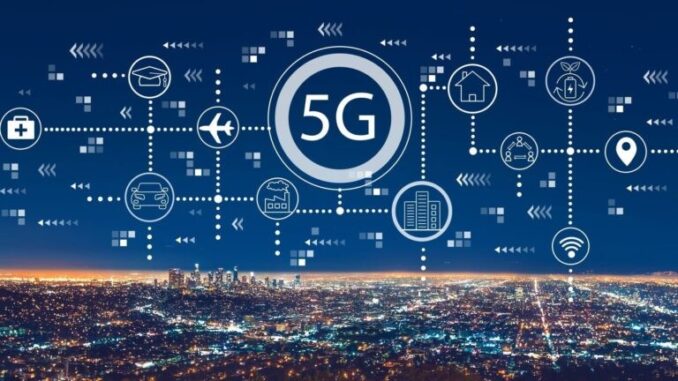
5G Dynamic Quality Adjustment refers to the capability of 5G networks to adapt the quality of service (QoS) and network resources in real-time based on varying conditions and user demands.
This feature is critical for optimizing network performance and ensuring that users receive the best possible experience, particularly given the diverse range of applications and services that 5G supports. Here’s a breakdown of how Dynamic Quality Adjustment works and its importance:








Real-time Adaptation:
The network continuously monitors parameters such as bandwidth usage, latency, and user mobility.
It adjusts the quality of service for different applications and users dynamically, ensuring optimal performance based on current conditions.
Network Slicing:
5G allows for network slicing, which means creating virtual networks tailored for specific applications (e.g., low-latency for gaming, high bandwidth for video streaming).
Dynamic quality adjustment can allocate resources efficiently among these slices based on demand.
User Equipment Capability:
Clients (like smartphones and IoT devices) can signal their capabilities and requirements to the network.
The network adjusts the parameters (such as bit rates and latency) according to the device’s needs and the type of service required.
Machine Learning and AI:
Many 5G networks incorporate AI and machine learning algorithms that improve decision-making regarding resource allocation and quality adjustments.
These technologies analyze historical data to predict user behavior and network conditions, making proactive adjustments.
Load Balancing:
In high-traffic situations, dynamic adjustment helps in balanced load distribution across different network components.
It reduces congestion and improves overall service reliability.
Support for Diverse Applications:
Different applications have varying requirements (e.g., AR/VR applications need low latency, while video streaming needs high bandwidth).
The network can prioritize resources dynamically for applications that are time-sensitive or performance-critical.
Enhanced User Experience: By ensuring a consistent and optimal quality of service, users have a better experience, leading to higher satisfaction and engagement.
Efficient Resource Utilization: Dynamic adjustments help in maximizing the utilization of network resources, reducing waste and ensuring that bandwidth is available for critical services when needed.
Scalability: As more devices connect to 5G networks, dynamic quality adjustment enables the network to scale more effectively and manage increased demand without significant degradation in performance.
Support for Emerging Technologies: It ensures that innovative applications (like autonomous vehicles, smart cities, and industrial IoT) can operate smoothly within the constraints of network performance.
Dynamic Quality Adjustment is a central feature of 5G technology that enhances the flexibility, efficiency, and performance of cellular networks. By enabling real-time adaptations, 5G can accommodate diverse user needs and varying network conditions, positioning itself as a foundational technology for future applications and services.


Leave a Reply